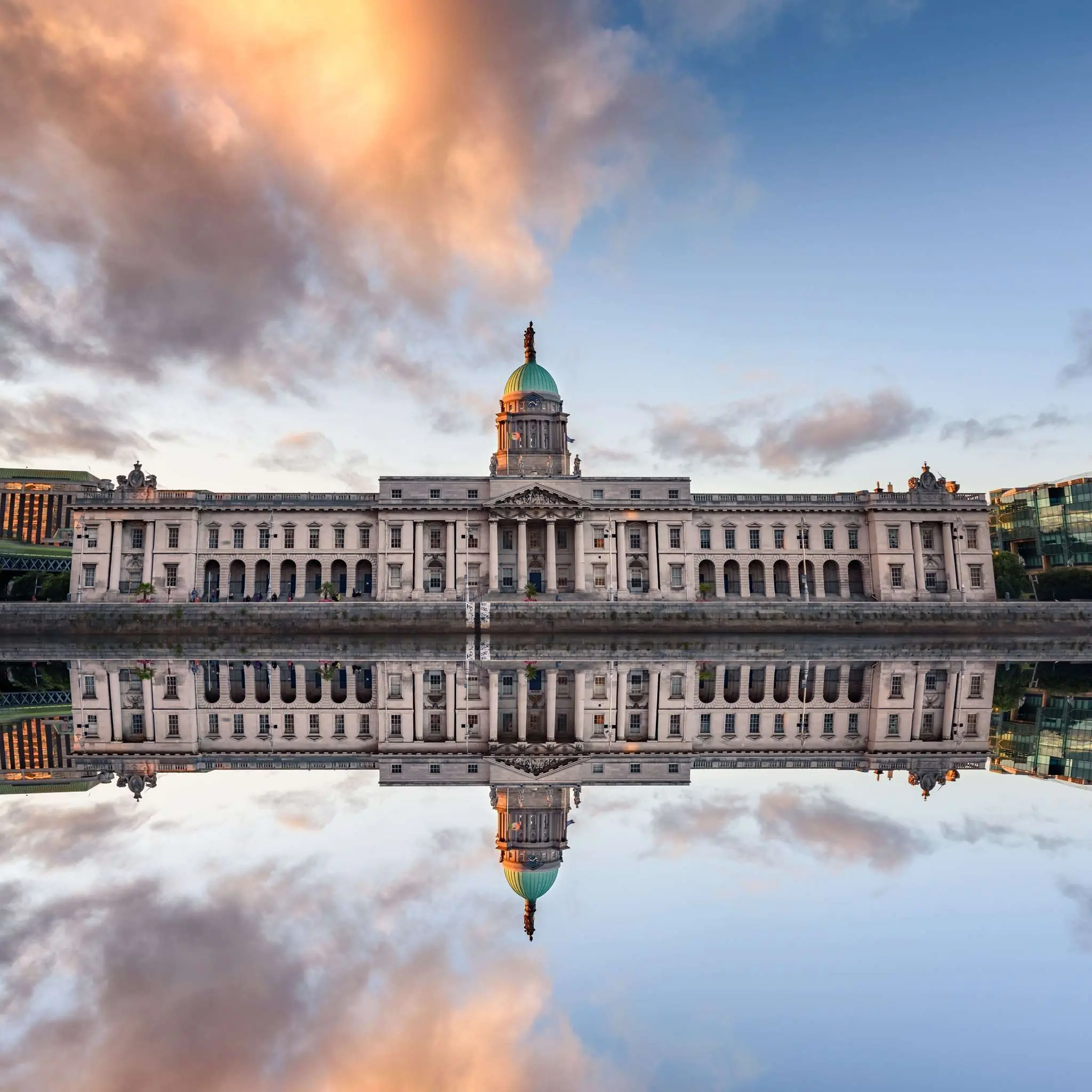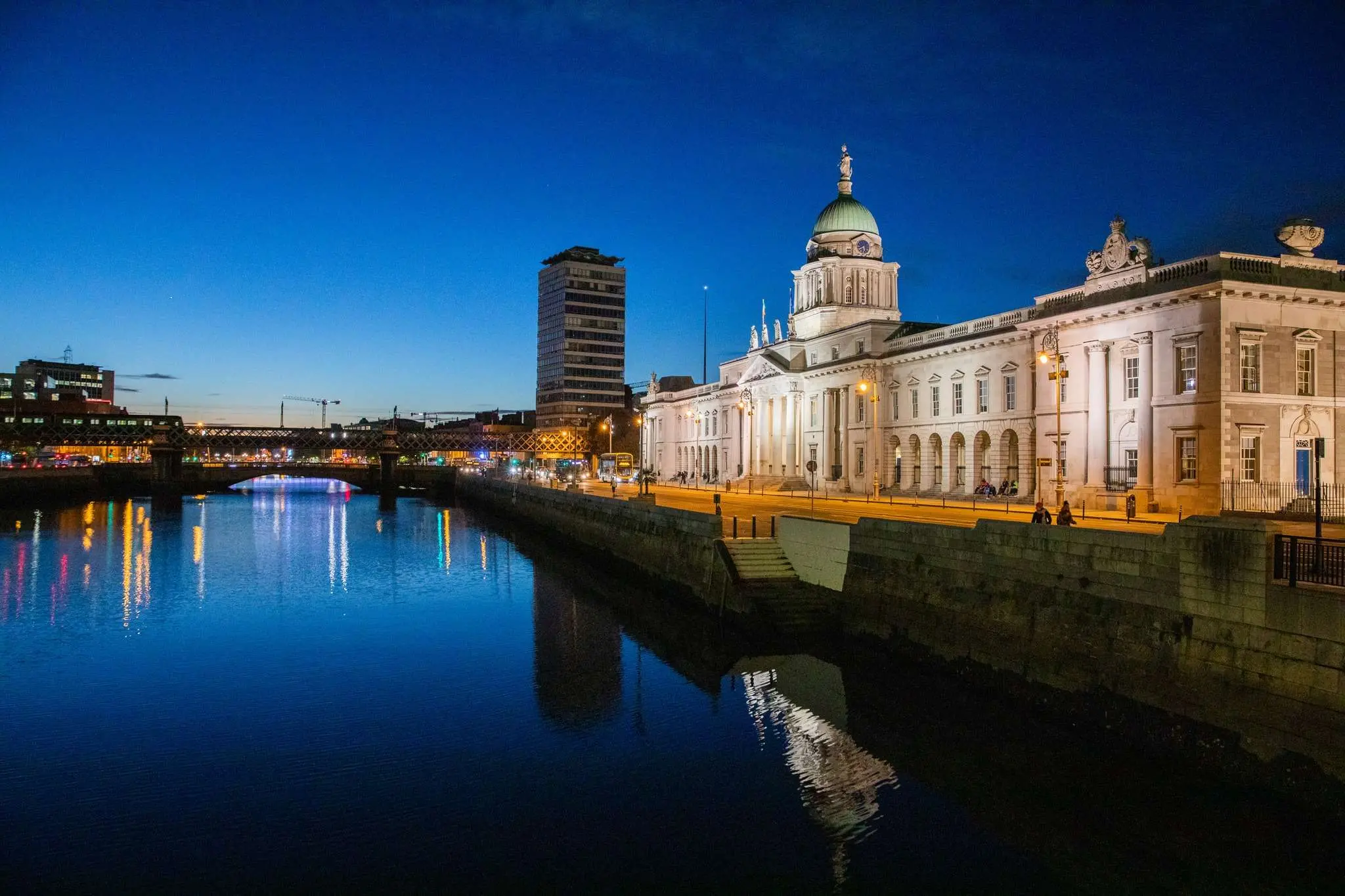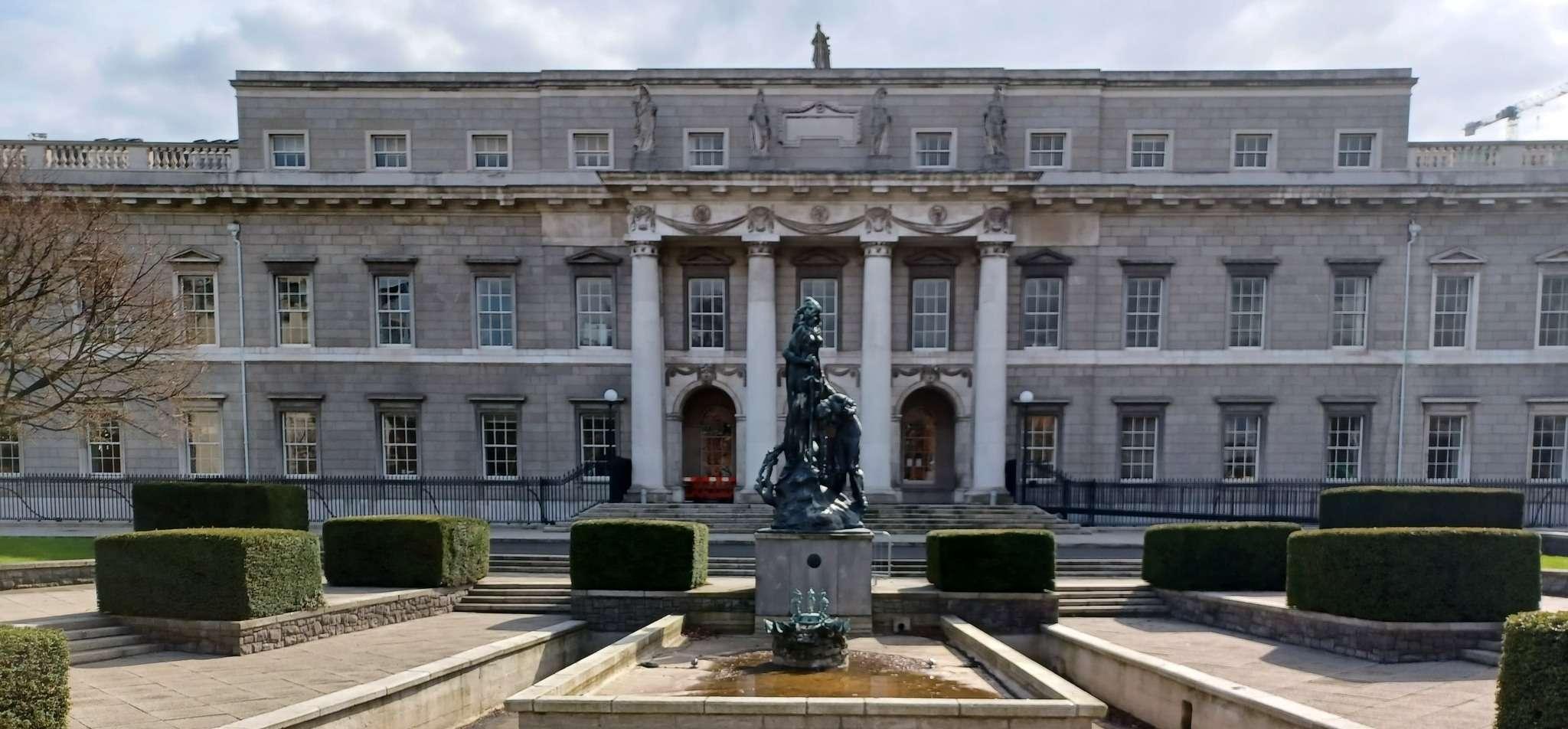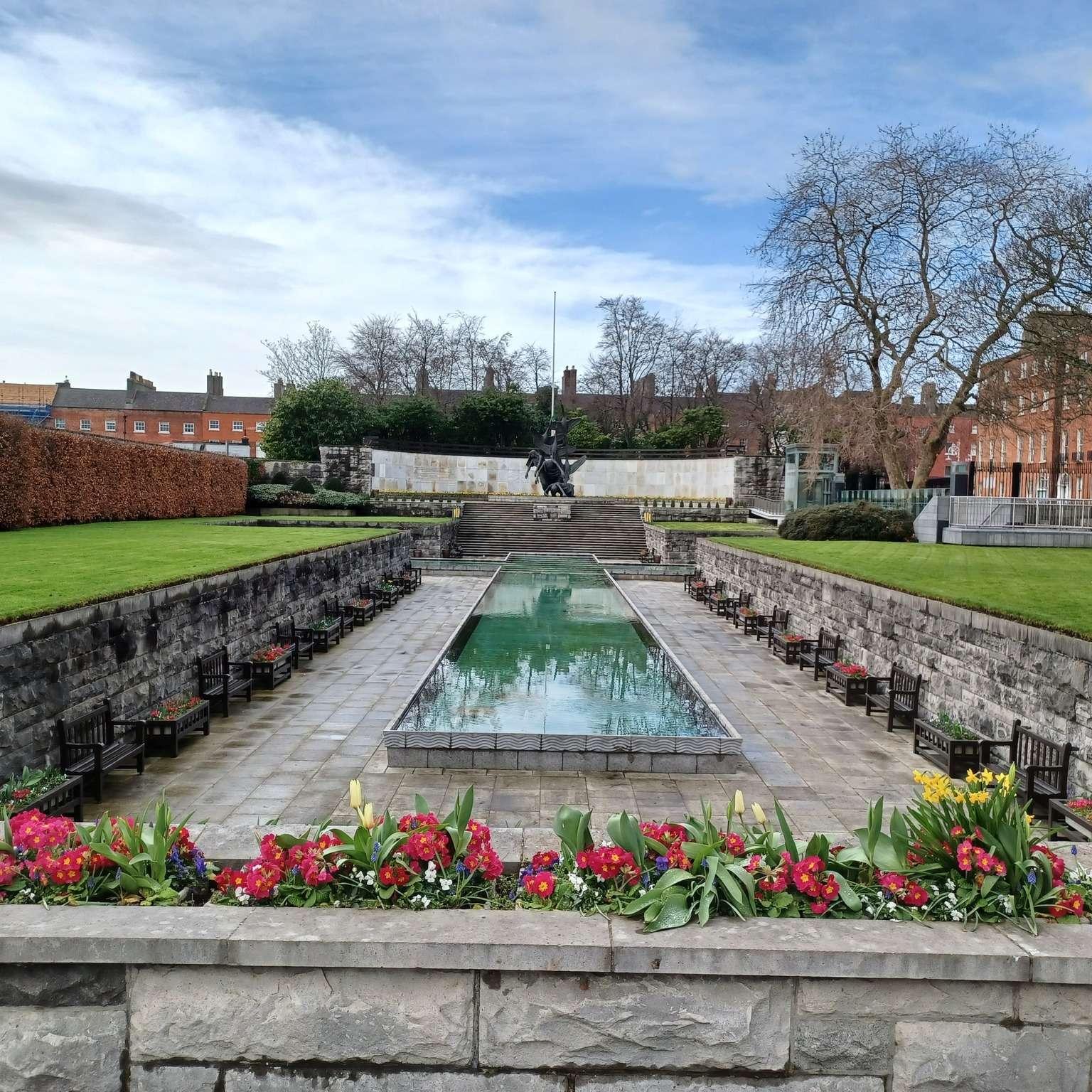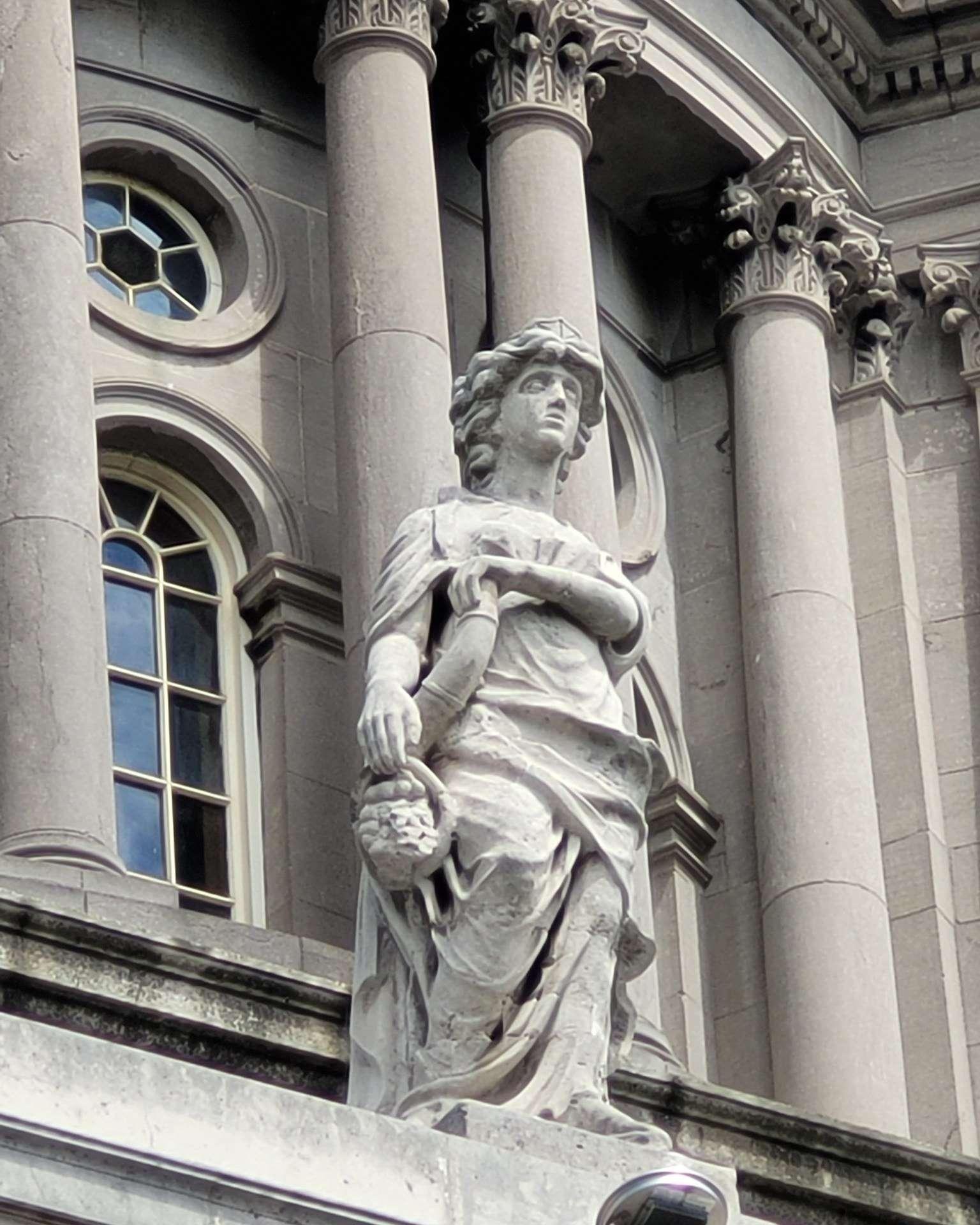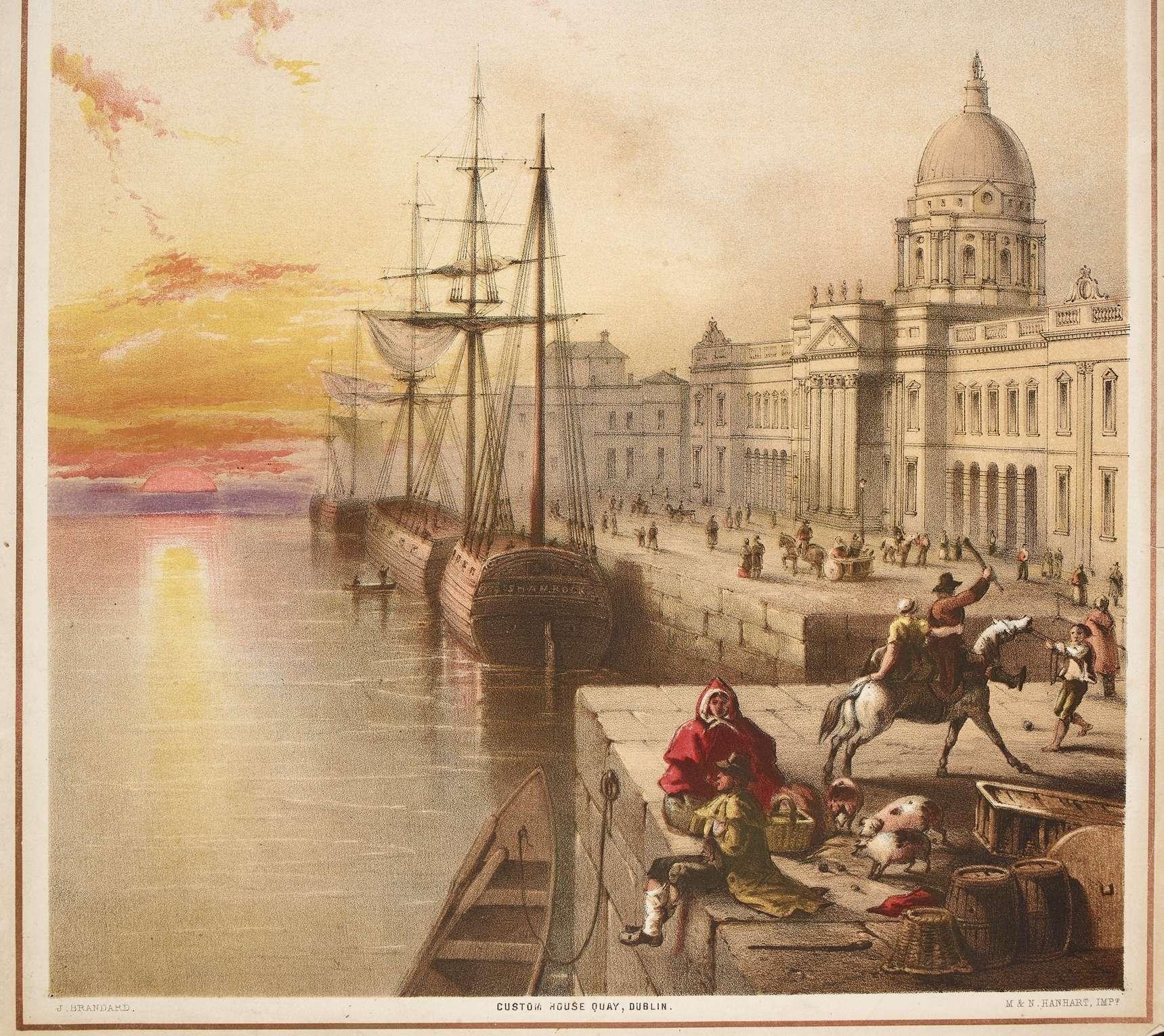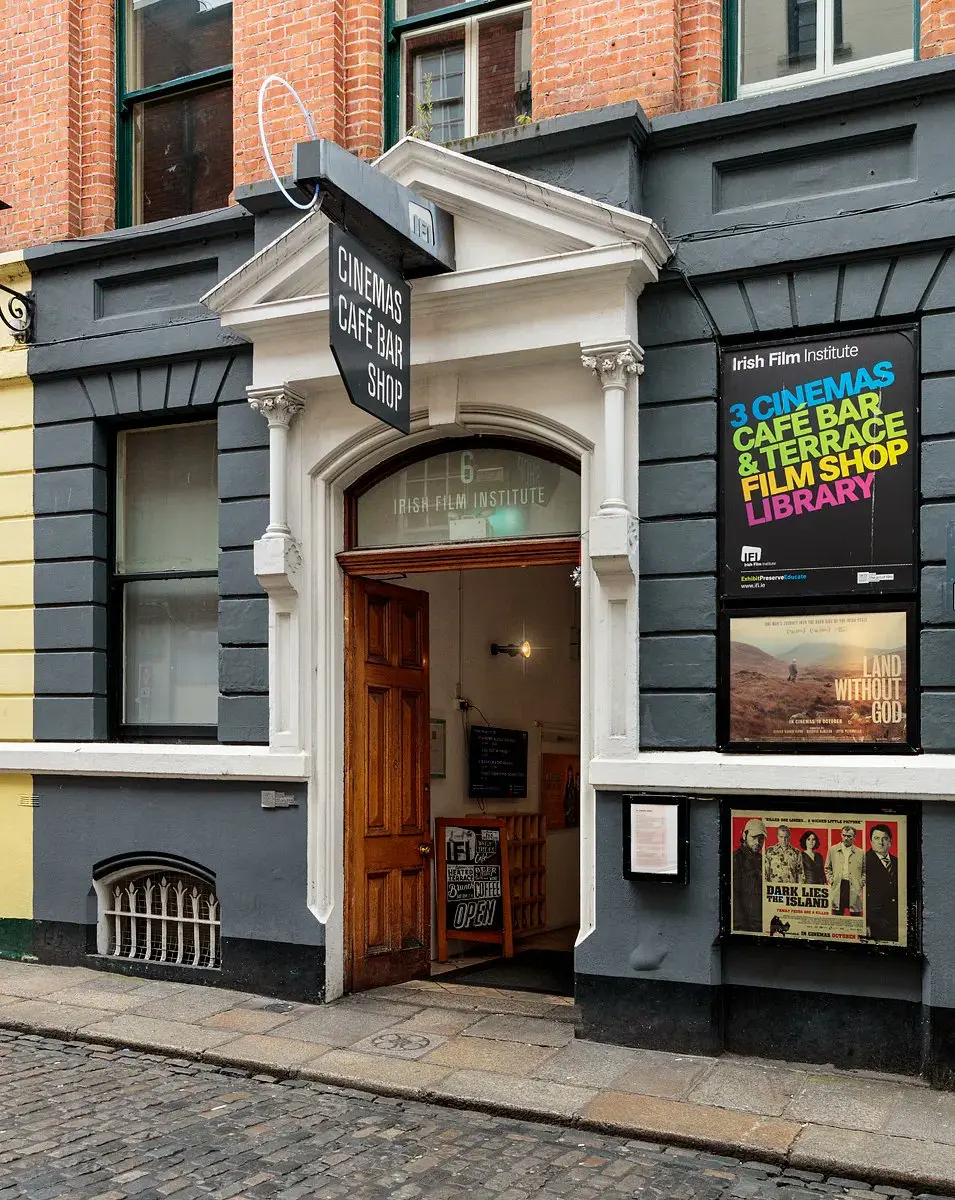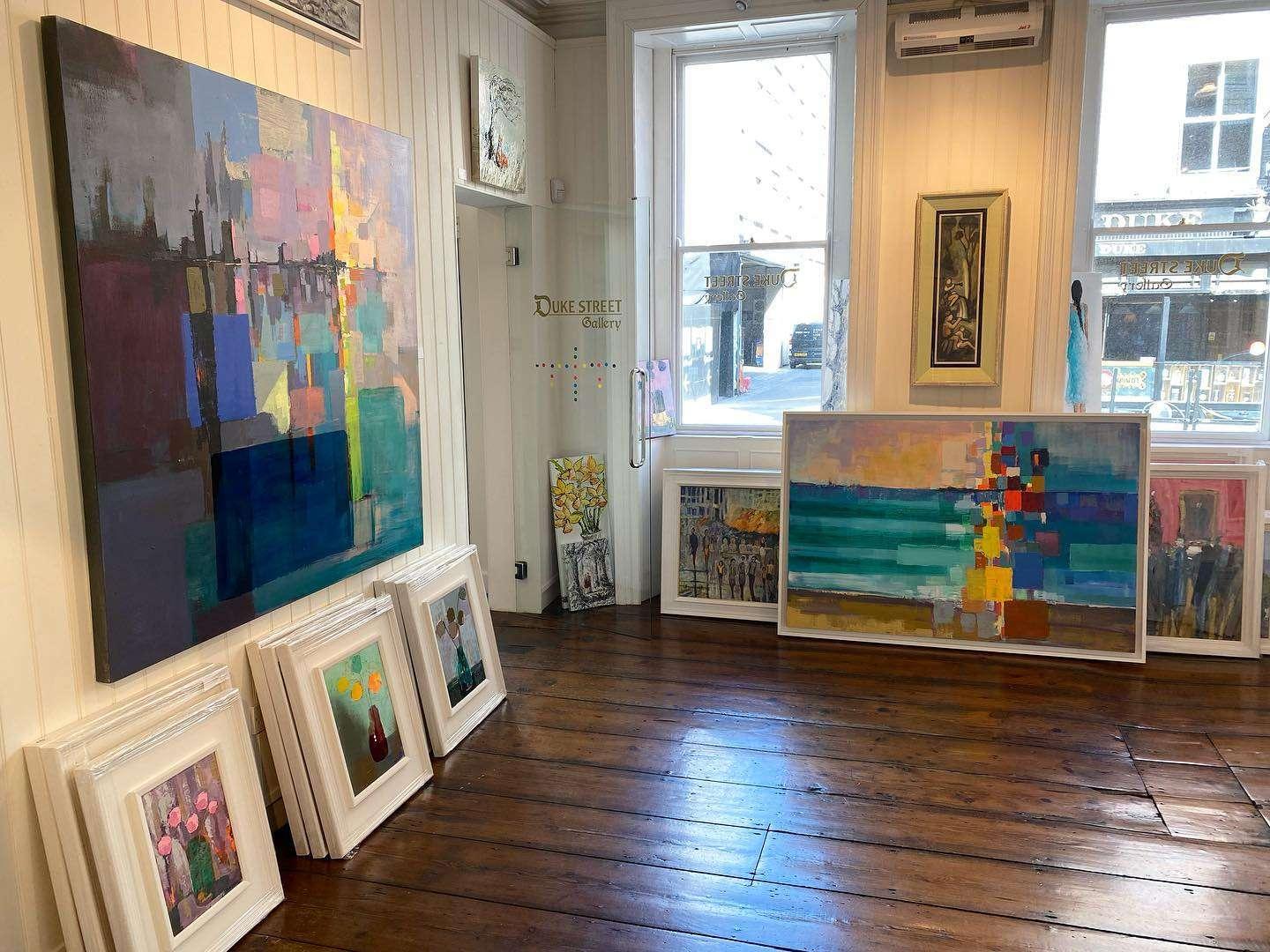About
The Palladian-style Custom House was designed by the English architect James Gandon. Gandon, who first came to Dublin in 1781, also designed the Dublin Four Courts and King’s Inns as well as Emo Court, Co. Laois, the home of the earl of Portarlington. The new Custom House was built on…
The Palladian-style Custom House was designed by the English architect James Gandon. Gandon, who first came to Dublin in 1781, also designed the Dublin Four Courts and King’s Inns as well as Emo Court, Co. Laois, the home of the earl of Portarlington. The new Custom House was built on reclaimed land and replaced the old building that was situated to the west on Essex Quay. The interior of the building was destroyed during the War of Independence in May 1921. After the war the building interior and dome were reconstructed. Today the building is used as the offices of the Department of the Environment.

